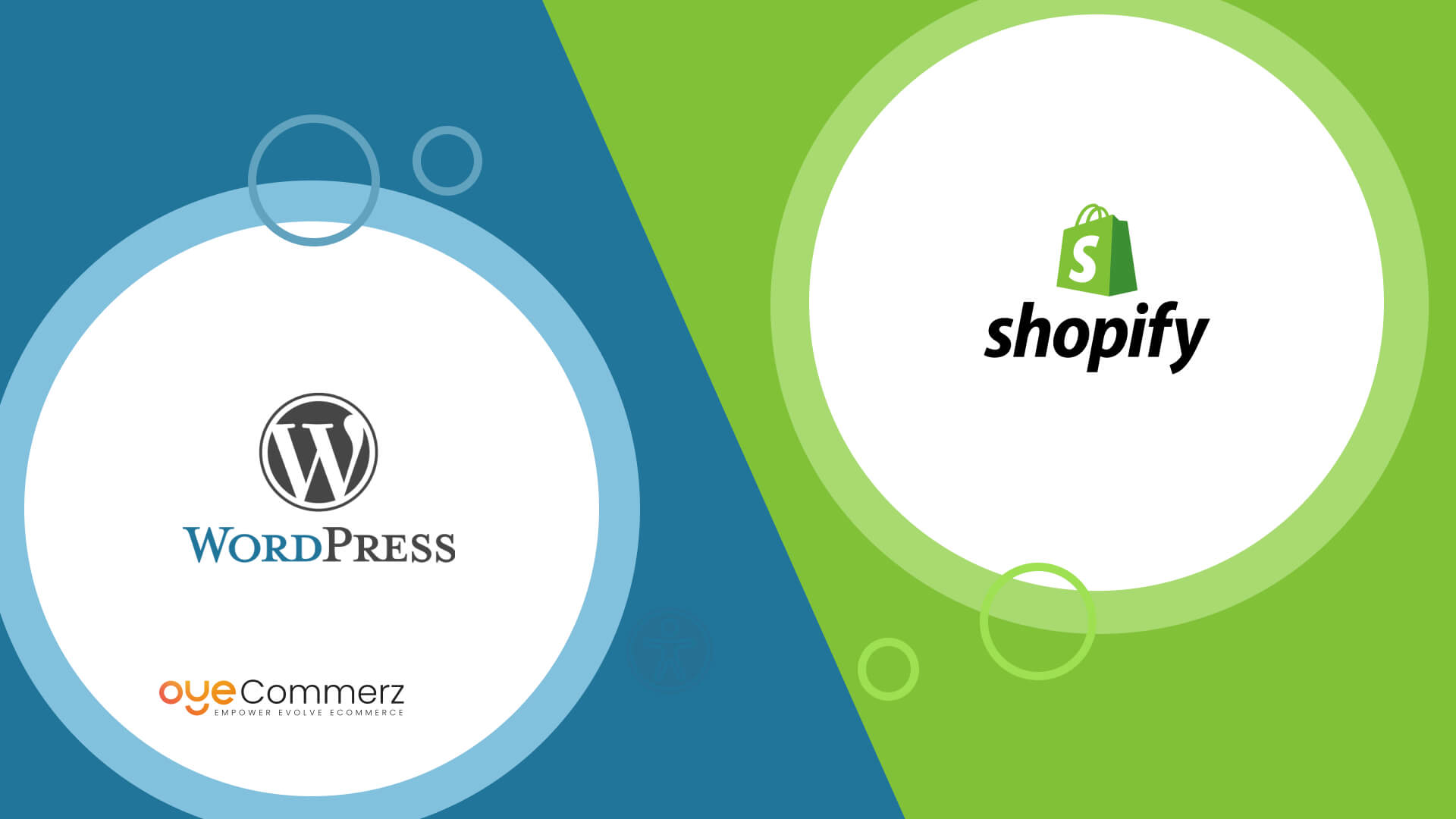Shifting from WordPress to Shopify is an promising step toward optimizing your online store operations. As companies grow, selecting a platform that supports growth potential, user experience, and flexibility becomes crucial. Shopify is widely recognized as a favorite for e-commerce professionals, offering superior flexibility, data protection, and ease of use. In this guide, we will delve into the transformative impact of this migration, highlight the advantages, and provide practical tips to facilitate a smooth transition.
1. Why Migrate from WP to Shopify?
WordPress, paired with WooCommerce, continues to support countless e-commerce platforms. However, as companies scale, challenges like reliance on plugins, security vulnerabilities, and complex setups can hinder progress. Shopify, designed explicitly for e-commerce, eliminates these concerns with an comprehensive, user-friendly solution. Statistics supports this shift—Shopify hosts over 4.4 million stores globally, with a documented 10% boost to sales conversion rates for numerous merchants after migration.
2. Shopify's Advantages for Thriving Online Stores
Shopify’s powerful platform is tailored for expanding businesses. Its notable features include:
- Seamless Customization: Shopify provides over 80 professionally designed themes.
- Integrated Tools: Capabilities such as Shopify Payments and built-in SEO streamline operations.
- International Expansion: Currency versatility and regional customization enable brands to reach global markets.
Additionally, Shopify boasts an availability percentage of 99.98%, guaranteeing your store is always operational.
3. Getting Ready for Your WordPress-to-Shopify Transition
Before migrating, assess your existing setup. Review inventory details, client information, and search engine rankings. Resources such as Shopify’s Migration Kit or third-party solutions can simplify this process. Create a detailed strategy, making sure all resources—product descriptions, images, and articles—are ready for seamless import.
4. Data Migration: A Critical Step
Transferring your data is a cornerstone of a smooth platform switch. When migrating from WordPress to Shopify, prioritize:
- Inventory Details: SKU, descriptions, and groupings.
- Customer Data: Emails, order history, and custom fields.
- Search Engine Considerations: Preserve meta tags, URLs, and forwarding paths to avoid SEO losses.
Use apps like LitExtension to facilitate seamless migration while minimizing errors.
5. Tailoring Your Shopify Store to Fit Your Brand
After the move, personalizing your Shopify store helps it reflects your business identity. Take advantage of Shopify’s intuitive page builder to create layouts with ease. Shopify's themes are mobile-responsive, ensuring a smooth user experience Shopify migration case study across devices—a critical factor, given 74% of e-commerce traffic comes from mobile users.
6. Maintaining SEO During Migration
Search engine optimization is crucial for maintaining your visibility during migration. Shopify is highly optimized for search engines with organized link formatting, preloaded features, and smooth content management. Make sure you:
- Implement 301 redirects for old URLs.
- Optimize new pages with keyword-rich content.
- Use Shopify's apps Plug in SEO to monitor performance post-migration.
7. Post-Migration Testing
After finishing the transfer, conduct thorough testing.
Check: - Page load times (Shopify boasts faster speeds compared to WP).
- Payment integration reliability and transaction flow.
- Adaptability across devices.
Quality assurance ensures your store provides a seamless shopping journey from the start.
8. Case Study of a Successful Migration
An example of effective platform switching is Gymshark, a fitness apparel brand that transitioned to Shopify. After the switch, the company saw a 60% boost in mobile sales and significantly lowered site downtime. This showcases the potential of Shopify in enhancing online business success.
9. Challenges and Solutions
Migration comes with challenges, such as data integrity and adjusting tailored features. However, Shopify’s extensive assistance and external professionals make overcoming these hurdles manageable. Partnering with qualified Shopify developers helps guarantee a smooth transition.
10. Making the Switch: The First Step Toward Success
Switching from WP to Shopify represents a forward-thinking decision to online retail. By addressing scalability, streamlining operations, and improving buyer satisfaction, Shopify empowers businesses to thrive in challenging industries.
Conclusion
Switching from WP to Shopify is a strategic move that can significantly WordPress to Shopify guide boost your online business performance. With a well-structured strategy, the right tools, and expert support, you can achieve new growth opportunities.
Excited to start the journey? Reach out today to learn how our Shopify migration services can transform your online store. Contact us now, or consider: Is it time to seize Shopify’s advantages for your store?
